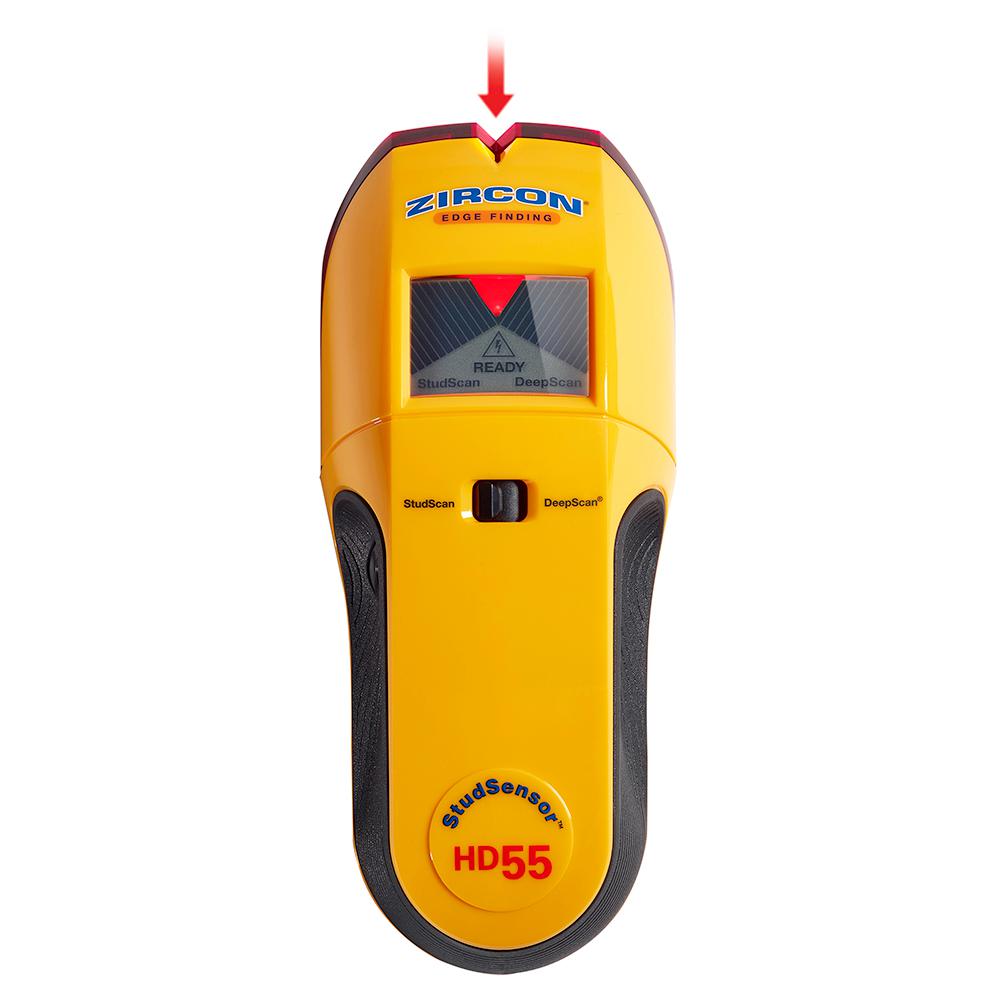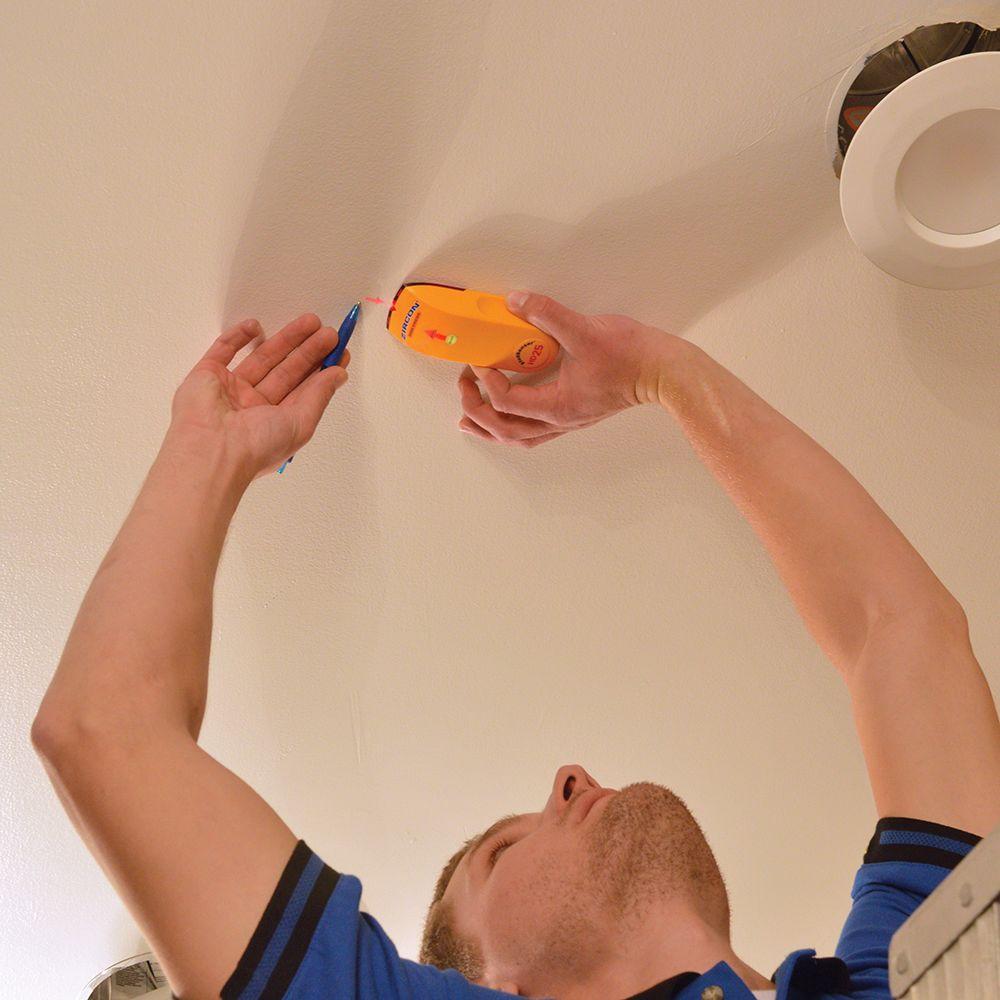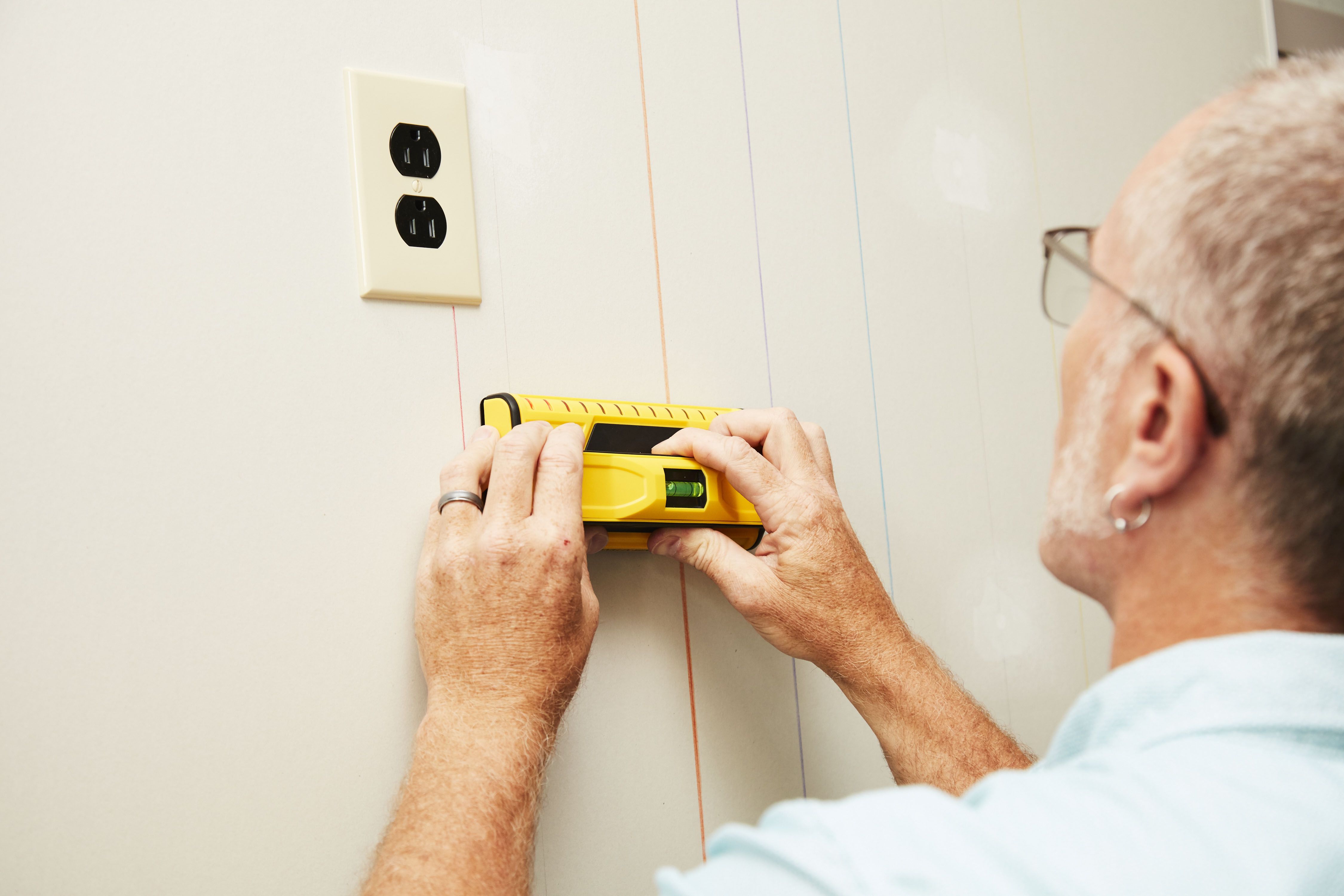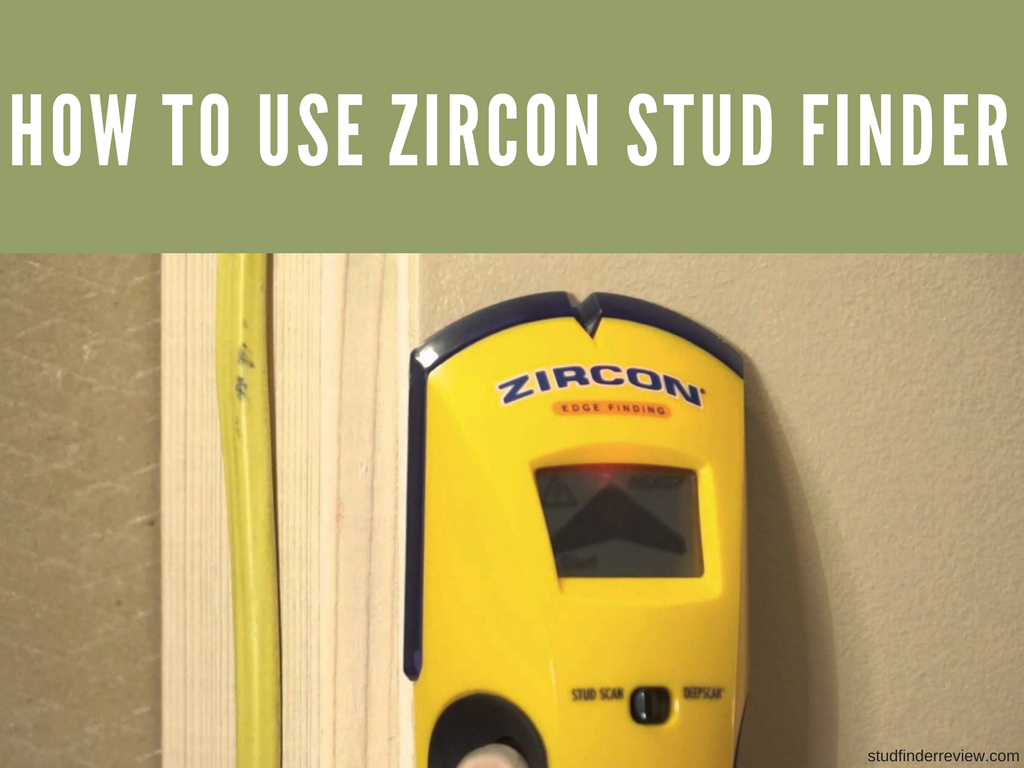Any stud finder will work well however they all work differently. The zircon studsensor locates the edge of wood and metal studs behind drywall.
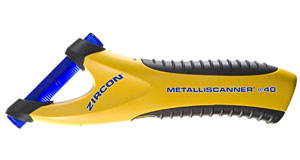
7 Best Stud Finders In 2020 For Drywall Plaster Tile And
How does a zircon stud finder work. The tool automatically calibrates to the walls surface. Zircon studsensor edge quickly and easily locates the edges of wood and metal studs and joists up to 34 inch deep. The circuit in the stud finder can sense the change and reports it on its display. It works by locating the edge of metal or wood studs through a depth of up to 34 inch. How do stud finders work. A distinctive feature of such a stud finder is its low operating frequency.
This is a type of electricalstatic energy that the stud finder detects with a capacitor plate. If there is a calibration error or if you have started over a stud the tool will intermittently beep and the lights may flash. It is used to find a stud so you can securely mount items such as pictures or flat screen televisions to a wall or anchor large pieces of furniture. So this is how a stud finder works. When pointed at an empty wall the sound takes longer to bounce back than it does when it is in front of a stud. The coils of the inductance of the electronic stud finder work at a frequency of 3 khz which gives on the one hand a weak response to unwanted signals and on the other hand good sensitivity for searching small nails and studs.
This detects changes in an electrostatic field in this instance the difference in density between plasterboard and a thicker and more dense wood the stud. When the plate inside the stud finder is over wall board it will sense one dielectric constant sort of like an insulating value. But when it is over a stud the dielectric constant is different. Place the stud finder flat against the wall press and hold the power button and wait for 1 2 seconds. Its easy to read led display screen indicates stud edges and the patented. By measuring the electrostatic field of a wall and detect slight differences in the flow of electrons stud finders detect the relative change in density and thereby studs showing the best place to drive that nail.
Basically the radar in the stud finder shoots out a radio wave that bounces back once it reaches an object. It works on a capacitance differential generated by density difference. Modern electronic stud finders operate by measuring the capacitance difference in the wall to identify where a wall is denser.
